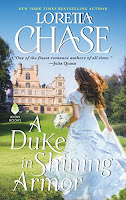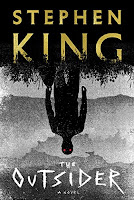The Documents in the Case, by Dorothy L Sayers
>> Wednesday, May 21, 2003
I sometimes miss high school just because I had access to an excellent library then. One of the authors I discovered there was Dorothy L. Sayers. I read everything they had by her and loved it. Earlier this year I decided to reread her, so I ordered copies of her books. The first one arrived last week: The Documents in the Case, written in collaboration with Robert Eustace.
The grotesquely grinning corpse in the Devonshire shack was a man who died horribly -- with a dish of mushrooms at his side.His body contained enough death-dealing muscarine to kill 30 people. Why would an expert on fungi feast on a large quantity of this particularly poisonous species? A clue to the brilliant murderer, who had baffled the best minds in London, was hidden in a series of letters and documents that no one seemed to care about, except the dead man's son.After having just read a column which discussed gimmicks, TDITC was interesting to read. The gimmick here was that the book consisted entirely of a collection of documents, mostly letters, but also a few "statements", newspaper articles, depositions, etc., recounting what was going on both before and after the murder.
The reason this worked was because the book wasn't just the gimmick; the murder mystery told was interesting and engaging (if a bit too easy to solve, but that wasn't the point, I think). Plus, having everything in first person POV allowed for many different voices, something I enjoyed.
Together with more trivial happenings, there was an awful lot of metaphysical speculation... the nature of life, theological questions, etc. This was fascinating most of the times, but it sometimes ended up being a bit too much, too complicated, especially some of the more scientific stuff near the end. This was a bit unnecessarily involved. Still, I loved to see a bit of what was worrying people in the late 1920s. Some of it feels pretty contemporary and actually, I identified a bit with Munting and his preoccupation with all those subjects. The main reason why I disliked the dead man and his son was their ridicule of "all that metaphysical twaddle".
A final note, and this is something completely outside the book, and for which I didn't grade down: the back blurb is one of the worst examples of false advertising I've seen lately:
"... [the documents] concealed a clue to the brilliant murderer who baffled the best minds in London, and might have outfoxed LORD PETER WIMSEY as well."The capital letters are sic, BTW. Ok, fine, all well and good, except that this is not a Lord Wimsey mystery; he doesn't show up at all here. Grr, yes, it doesn't say explicitly that it is, but it strongly sugests it. The publisher obviously wanted people reading the back cover to think it's a Wimsey and to buy the book because of it. I'd write Avon about it, except that this is a 1968 edition, so whoever's responsible is probably long gone!








